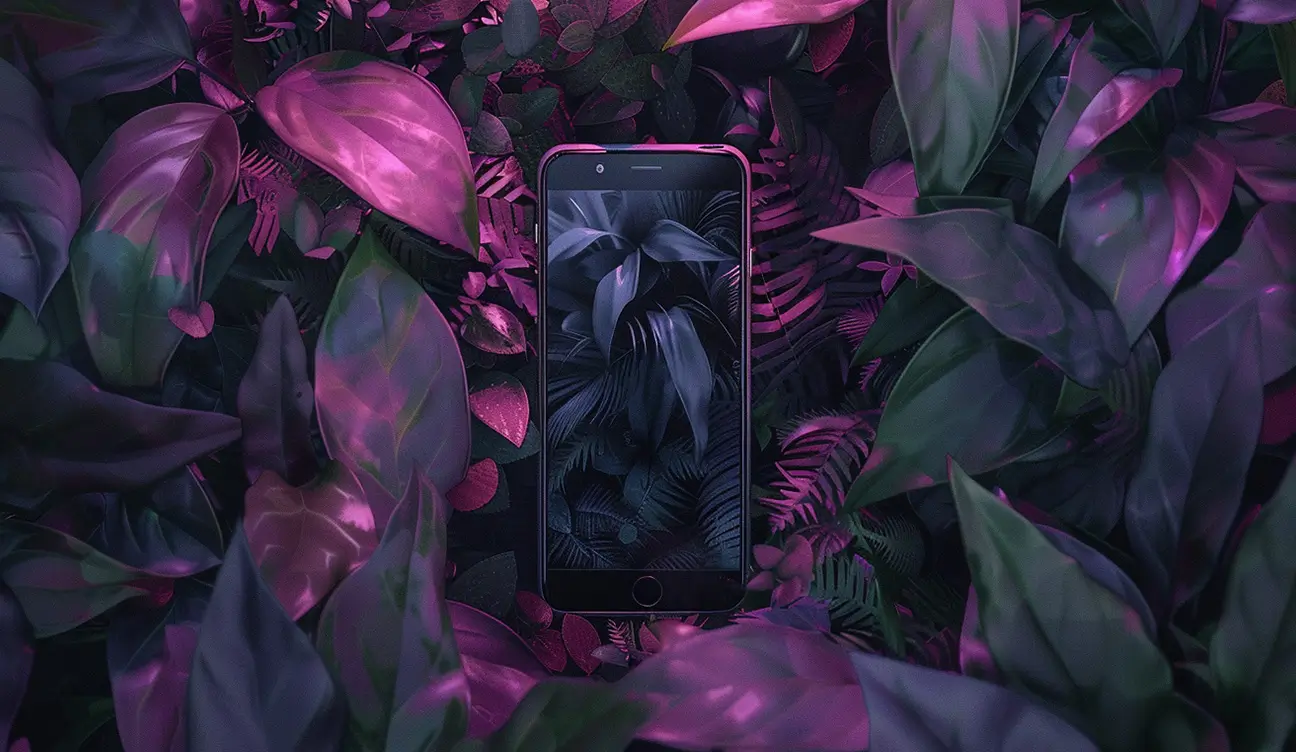Sustainable UX Design: Reduce Your Digital Carbon Footprint

Amid a growing concern for the environment, many companies are identifying sustainability as a core value of their business goals. In 2021, it was reported roughly 60% of Fortune 500 companies have initiatives in place to combat climate change and energy consumption. 1
While many calls for sustainable solutions have been in a physical context, it’s easy to overlook how digital technologies and experiences can also play a role in helping.
When businesses have mentioned sustainability as a core value on design projects, it usually applies to providing a section or a page on a website to show to potential users that it’s important to their business.
But what if sustainability extended beyond copywriting and page creation and into the design process itself?
Devices, such as computers and smartphones—along with servers and data centers that host content—emit roughly 3.7% of global greenhouse emissions, a figure that’s currently on par with the aviation industry and expected to double in the next few years. 2
To reduce overall greenhouse emissions and server strain, there are a few considerations for the UX design process that don’t compromise on experience or aesthetics.
Follow these sustainable design tips to ensure your website has a positive environmental impact while improving user experiences and the impact of your digital products.
Impact of Images and Videos on Performance
The more superfluous a website is, the bigger the carbon footprint it creates due to heavier strain on servers and data centers. Some of the biggest offenders to increased page size and speed are images, videos, and animations/interactions. It’s important to consider if images and videos are needed case-by-case: do they add value or provide information to the reader? Limiting the number of images and videos to sections that help benefit the user makes for a more streamlined experience.
Now, this isn’t to say that all images and videos should be removed outright. Compressing original files down to a manageable size helps websites move fast and transfer data quicker. Large images and videos cause pages to get bogged down and hard to navigate, which has a negative impact on SEO scores as well. 3 In the same manner, animations and interactions should be used sparingly to not only create a straightforward and valuable experience, but to also be considerate of universal design and accessibility needs.
Efficiency and Engagement
Creating intuitive and streamlined experiences is a key component of UX design. Simply put, the easier it is for a user to find what they need on a website or app, the less carbon output there is due to reduced data transferring each time they navigate to a page. Planning site maps and user journeys prior to designing is key in making sure the site structure is articulate and concise. UX designers should also look at the overall number of pages, whether content is duplicated elsewhere, and if calls to action (CTAs) are clearly defined. The less a user must question their next action, the better it results in a satisfying experience.
Visual Design
Visual design remains a crucial part of the design process through creating a first impression of a website, establishing brand identity, and developing visual hierarchies to make content easier to find. While dark mode was once considered a visual preference for users wanting to reduce eye strain, its significance has grown with the emergence of new display technology. With the advent of OLED screens, which individually illuminate pixels, dark mode is more prominent as an effective means to reduce energy consumption on modern devices. 4 Through sensible consideration of colors, typography, and hierarchy, visual designers can create dark- mode websites that align with brand guidelines and provide users with an enjoyable experience.
Encouraging Users
If sustainability plays an important role in the context of a business, provide content that expresses that importance and encourages users to act. Showcase content like statistical graphics, current initiatives, and opportunities for users to learn more or sign up for events can help reinforce sustainability as a core value.
It’s critical to look at all aspects of a project from experience and visual design to search engine optimization, content integration, and back-end technology when considering where to implement sustainable practices. Implementing these suggestions ultimately helps reduce carbon emissions and our impact on the planet.
As sustainability becomes a greater topic of discussion, more designers may look to some of these practices. New design communities, such as the Sustainable UX Network 5, aim to bring light to the increasing amount of emissions caused by devices and educate others on how to reduce them. By embracing these practices and being mindful of future environmental developments, we can make a more sustainable digital future.
Footnotes
- [1] https://www.worldwildlife.org/stories/fortune-500-companies-are-acting-on-the-climate-crisis-but-is-it-enough
- [2] https://www.bbc.com/future/article/20200305-why-your-internet-habits-are-not-as-clean-as-you-think
- [3] https://yoast.com/carbon-footprint-of-website/
- [4] https://www.wholegraindigital.com/blog/website-energy-efficiency/
- [5] https://sustainableuxnetwork.com/
About The Author:
Maddie Harris, Sr. UX Designer | Sagepath Reply
Maddie is a user experience designer with 5 years of design expertise in crafting successful design projects from concept to implementation. Aside from a professional career in UX design, Maddie has a multi-faceted background in commercial interior design, graphic design, and brand development that lends to an extensive knowledge of both technical and creative design techniques.

Let’s Start a Conversation
Reach out to discuss your digital transformation needs and see how we can help. We would love to start a long-term partnership with your company.
Get in Touch


